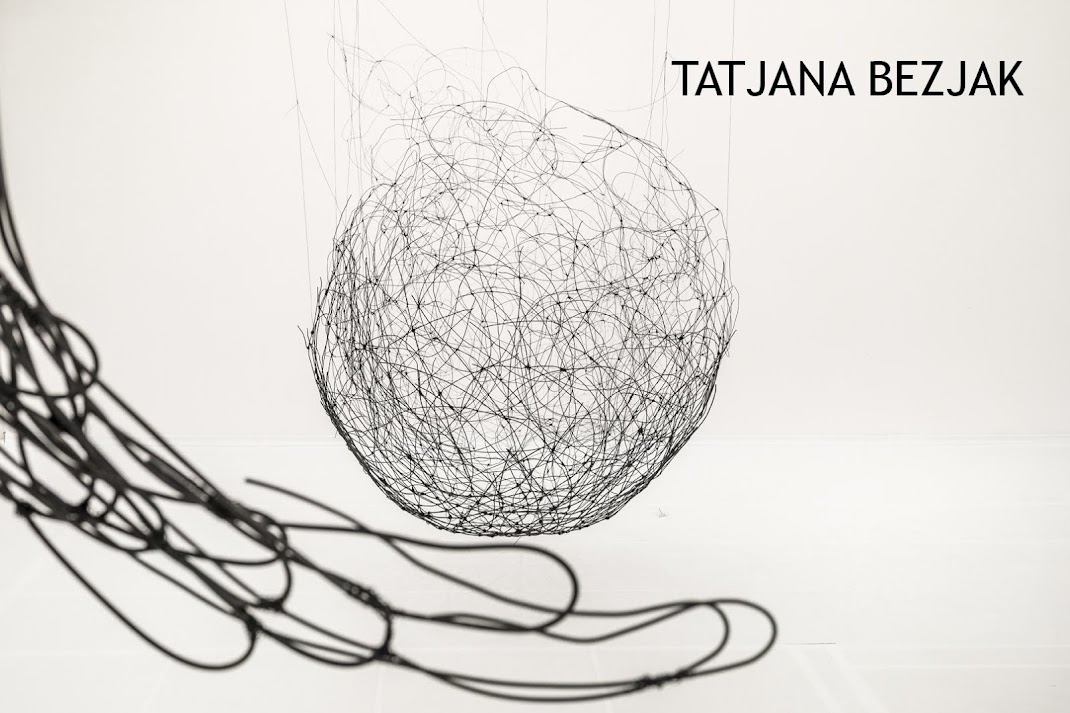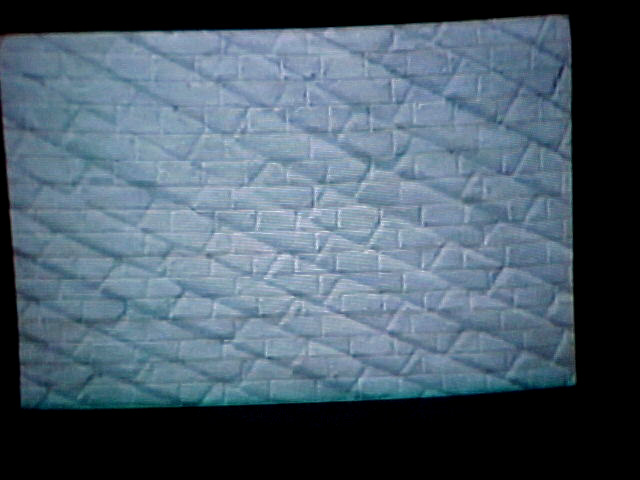Shadows
Bodies
In the air and on the ground, hovering, hanging, grounded, walking and seated, bigger and smaller, lighter and heavier, rounder and flater, thicker and thinner, wider and narrower, darker and lighter, more similar to human bodies and less similar to them, bodies in groups and couples, separate bodies, autonomous and collective bodies, bodies within and outside the frames — there are bodies all over the place here.
Trapeze
Like the perpetuated habitants of Pompey, two bodies are petrified in the high tension circus performance — right in the midst of its culmination, and what would've followed if the bodies weren't stopped in the swing of the flight, would be — the successfully catching each others arms, or falling of one of the bodies. As if was a rolling movie was put on pause, only Trapeze scene instead of in two dimensions, is frozen in three dimensions.
Materialization
The materialized shadow — it is possible to touch it and feel the roughness of its surface under the fingertips. Three-dimensional, anthropomorphic forms, elongated limbs whichsoever strangely refracted and flattened.
A materialized shadow — it is no longer just a projection, it is no longer just a photonic phenomenon in a game of light and darkness — it is now a full member of the solid objects community. It is now the one which can throw its own shadows, and they can multiply. A materialized shadow can be projected and multiplied each time in a new way, depending on a new space and light characteristics, while still retaining something of its own, primer character. Wherever a materialized shadow is displaced, it retains contours, angles, and slopes of the walls of that same space in which it was created. That space of origin — the home of the shadow, was the place of everyday living; of talking, of feeding, of washing, of sleeping, of dreaming. If the shadow moves somewhere else, somewhat of its home comes along with it to. If creates new shadows in new spaces, they will also project its origin features, combined with new shapes.
Frames
The figures and their materialized shadows inhabit frames. One frame is without figures, conditionally speaking it is empty.
Some figures move within the frame, some move along their outer edges.
The images of the world are bordered by frames. Their shadows are projected onto the walls. The images of images are bordered by walls.
The blank frame may frame a void or perhaps frames a thought of the existence of a void or perhaps just frames the awareness of the unframeable.
Of all framed pictures, this image should be hanged at the most prominent place.




Swings
If we just stepped into a tall, spacious, dark room, this is the scene we are going to catch;
semi-empty space, some shapes could be perceived. Over the entire frontal facing wall, light and shadows alternate. Some shadows pass, shadows repeat — it seems.
Shadows of people can be recognized.
It is strange that we do not see anybody. Whose shadows are these? How do they appear?
The shadows are stand-alone, that is a bit weird.
Creaking sounds can be discerned.
Eyes are already adapted to darkness, it becomes apparent that the light comes from one slanted ray from above, extends all the way throughout the room, and spreads diffusionally across the front wall. Maybe it has to do with the shadows? Maybe that ray is transmitting the shadows projection?
In the central part of the room: two wooden swings of tightened ropes, on the first a male, on the second a female figure. These figures are positioned one opposite the other, both frozen in the sweep of the swing. They reminiscent of the inhabitants of Pompeii with their bodies so petrified in motion, even with their own form, its structure and washed tones, they resemble fossils. And that’s a bit creepy.
There are two more other swings, opposite to one another, these are empty. Do they invite us to swing? Are we free to use them? Is swinging allowed? The fifth swing hangs above the entrance, placed too high to be used for swinging.
We are approaching the frontal facing wall at the back of the room and we are watching — along and across, slightly catching the side walls, shadows of the swinging people are playing, of a man and of a woman. Shadows are overlapping, they are entering into each other and exiting, one out of another one, they are blending one into another. On their oncomings towards each other, they are diminishing in size, sharpening, darkening. By their distancing, they are increasing in size, dissolving, fading, rhythmically exchanging shapes and tones. When one shadow is closer, the other one is more distant and inversely.
The upward view — iron rings are wrapped by the rope and embedded into the ceiling beams with thick bolts — the empty swings seem to be firm and reliable, it must be they were given the swinging function.
A good feeling is to sit on the swing, catch the ropes by hands and let yourself go. And than more forcefully to swing and just give yourself in to the swinging, feeling the takeoff and landing within the whole of the body, again and again and again.
I guess nobody will come across and say that it is not allowed.
The squeaking sounds of the swaying swing are mixing together with that constant, barely discernible creaking of the background noise.
Shifting the body on the other side of the swing, and that's the position of a direct view on the wall with shadows.
On the lower left side of the wall, across the swaying and creaking swing, another shadow is now seen, it is joined to the other two shadows. With every sway towards the wall, this shadow is a bit smaller, with every sway away from the wall, it's a little bigger.
LAYOUT
The space is darkened, the only illumination source is the light beam of a video projector, pointed from the top storey to the lower frontal wall.
The space is darkened, the only illumination source is the light beam of a video projector, pointed from the top storey to the lower frontal wall.
Recorded in the same space, but in some prior time, the shadows are at first glance confusing, they act as if they are real-time and space occurring.
Spotting the projection right away was avoided by the concealed projector and by the film display size.
Spotting the projection right away was avoided by the concealed projector and by the film display size.
Visitors are involved interactively, with their bodies they create new and expanded moving scenes — their shadows on the wall in real-time enter the past of swinging shadows (video recorded cadres).


























No comments:
Post a Comment